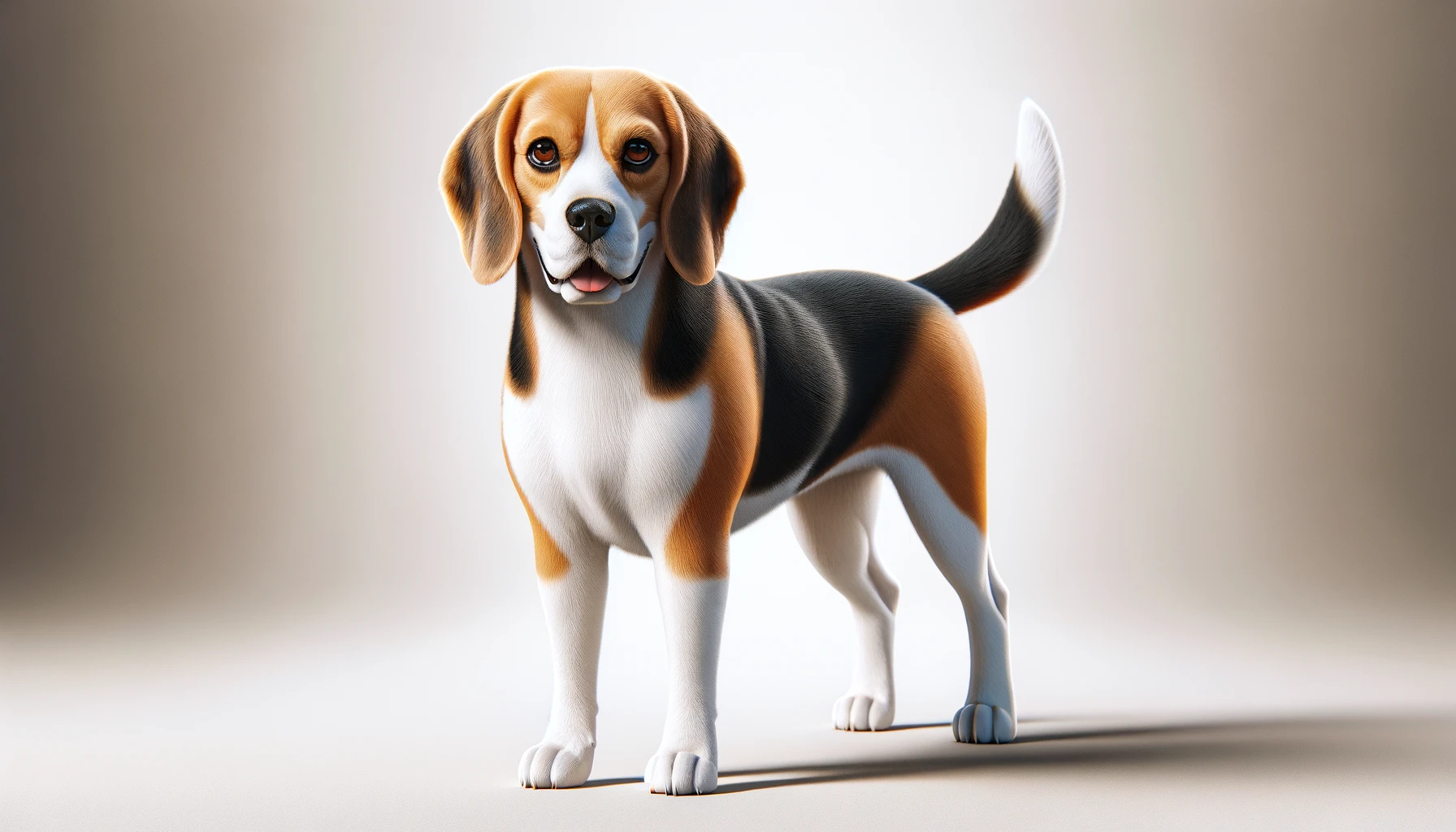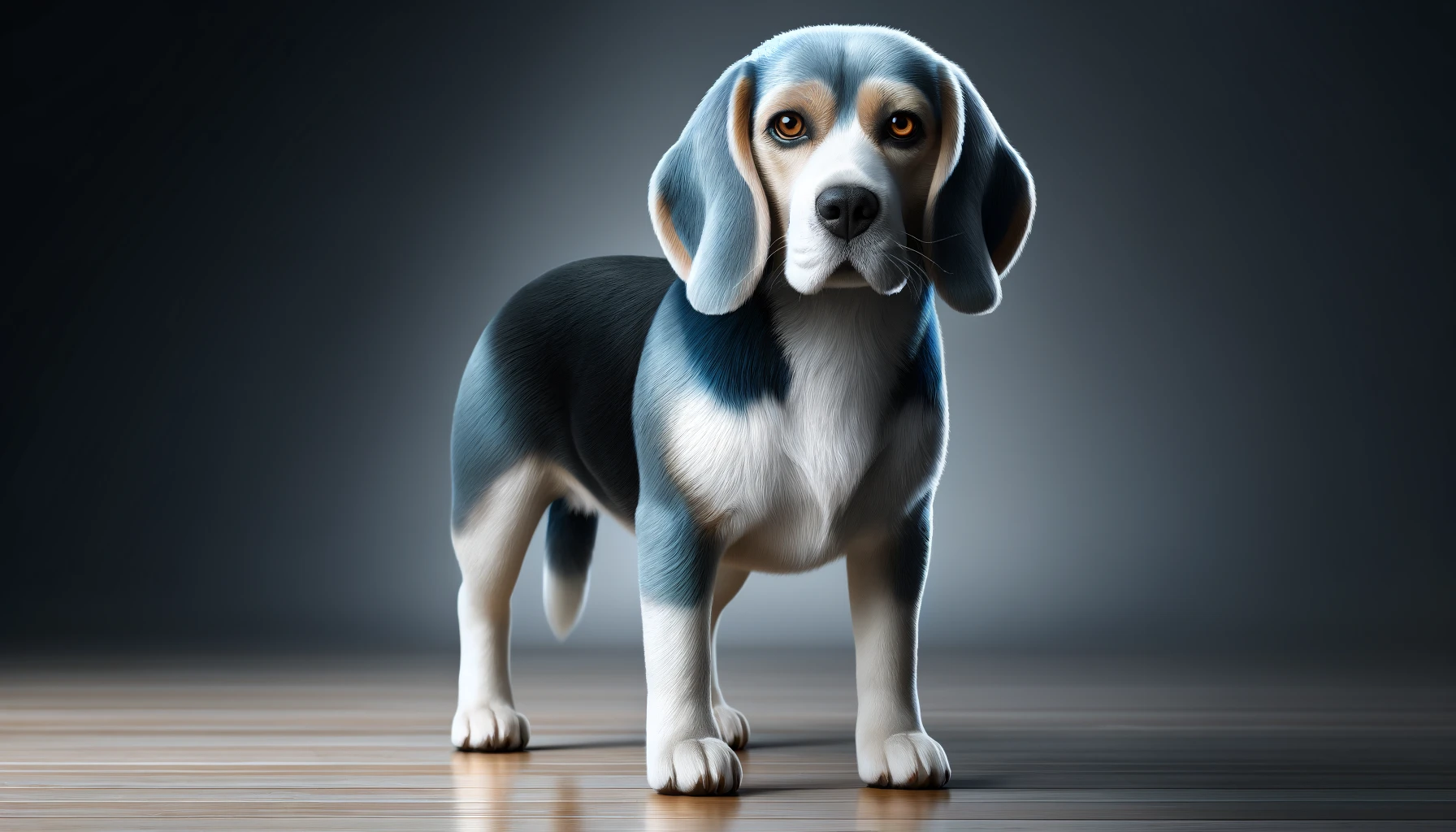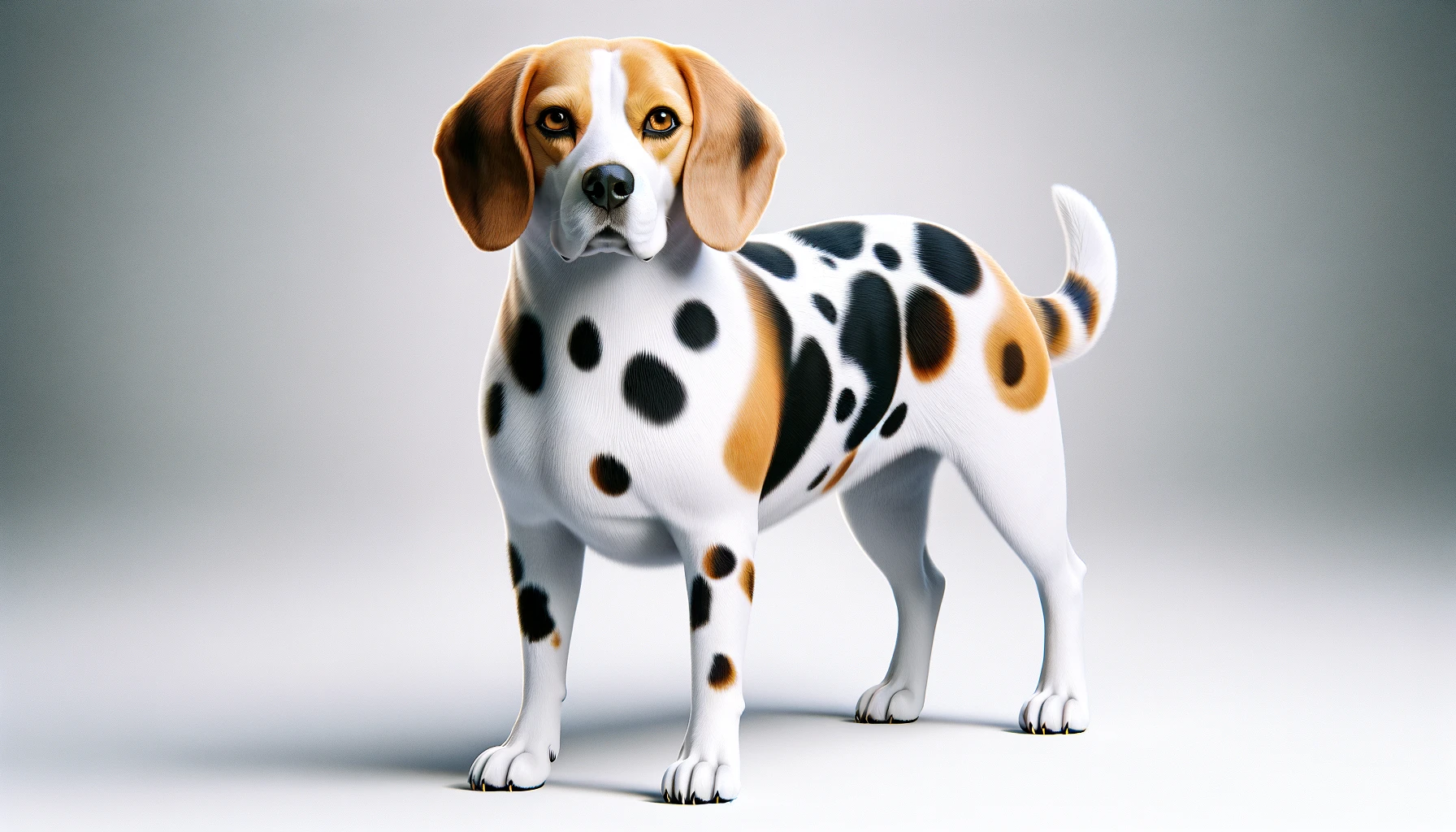Frequently Asked Questions About Beagle Colors
1. What is the most common color of Beagles?
The most common color of Beagles is the classic tri-color, which includes black, brown (tan), and white. This traditional pattern features a black saddle (the area along the back), with brown coloring over the eyes, on the sides of the face, and beneath the tail. The legs, belly, and part of the face and neck are typically white. This coloration is not only iconic for the Beagle but also practical, providing camouflage during hunting activities in their past roles. The tri-color Beagle is highly popular due to its striking appearance and alignment with the breed’s historic look.
2. Are there any rare colors for Beagles?
Yes, some rare colors for Beagles include blue, lilac, and the harlequin pattern. Blue and lilac Beagles are the result of a dilution gene that affects the typical black and brown colors, giving them a unique bluish or grayish tint. Harlequin Beagles are extremely rare and feature a patchy, multi-colored coat with irregular black and white patches. These rare colors are often sought after for their unique appearance, but potential owners should be aware that such colors can sometimes be linked to genetic health issues.
3. Can Beagles be solid colored?
While it is very rare, Beagles can indeed be solid-colored. The most common solid color would be white, but there are also instances of solid red or lemon Beagles. These are often the result of specific breeding choices and can be quite striking to look at. However, solid colors are not the standard in Beagles, as they traditionally have two or three colors in their coat pattern. Solid-colored Beagles might not be recognized by all kennel clubs for show purposes, depending on the organization’s breed standard.
4. What is a lemon Beagle?
A lemon Beagle refers to a Beagle with a light, cream-colored coat, ranging from a pale yellow to a deeper tan. This color is a dilute form of the more typical tan seen in tri-colored Beagles. Lemon Beagles still have the white areas typical of the breed, but their darker markings are replaced by this lighter, lemon shade. Lemon is a recognized color for Beagles but is less common than the classic tri-color or even red and white varieties. Lemon Beagles are often prized for their soft, pastel-like appearance.
5. How do genetics influence Beagle colors?
Beagle colors are influenced by a variety of genetic factors that determine the distribution and type of pigments in their coat. The primary pigments are eumelanin (black or brown depending on modification) and pheomelanin (red or yellow). The interaction of multiple genes, including those for pigment type, color intensity, and pattern distribution, creates the variety of colors seen in Beagles. For example, the gene for the black saddle and tan points is influenced by the agouti signaling protein gene, while the presence of white is typically a result of the piebald gene.
6. Do Beagle colors change as they age?
Yes, Beagle colors can change as they age. Puppies born with black and white coats may develop brown (tan) markings as they mature. Similarly, Beagles that appear lemon as puppies may darken slightly as they grow. The extent and nature of color changes can vary widely among individual dogs. Generally, the basic pattern will stay the same, but the shades and intensities of color may evolve as the dog matures from a puppy into adulthood.
7. What is a blue Beagle?
A blue Beagle is not blue in the traditional sense but has a coat color that appears as a diluted black, giving it a bluish tint. This unique color results from a dilution gene affecting the black pigment, leading to a charcoal or slate-colored appearance. Blue Beagles are relatively rare and can be very striking. However, potential owners need to know that the gene responsible for this coloration can also predispose the dog to certain skin conditions, such as Color Dilution Alopecia, which affects coat quality and health.
8. What are the grooming requirements for different Beagle colors?
The grooming requirements for Beagles are generally the same across all color variations. Beagles have a short, dense coat that is relatively easy to care for. Regular brushing, about once a week, is recommended to help manage shedding and keep the coat shiny and healthy. Bathing should be done occasionally, as needed, with a mild dog shampoo. The color of the coat does not significantly impact the grooming needs, but lighter-colored Beagles may show dirt more readily and require slightly more frequent cleaning.
9. Can the color of a Beagle affect its personality?
No, the color of a Beagle does not affect its personality. Personality traits in Beagles are more closely related to genetics, upbringing, and individual temperament rather than coat color. Beagles are generally known for being friendly, curious, and energetic, regardless of their coat color. It is a common misconception in many breeds that color could influence behavior, but there is no scientific evidence to support this in Beagles or most other breeds.
10. Are there any health issues associated with certain Beagle colors?
Certain Beagle colors, particularly those resulting from dilution genes like blue and lilac, can be associated with specific health issues. The most common is Color Dilution Alopecia, a condition where there is hair loss and skin problems in areas where the dilution gene affects pigment. Additionally, Beagles with large amounts of white in their coat may be more prone to deafness, especially if they have blue eyes. It’s important for breeders and owners to be aware of these potential health concerns and to ensure that dogs displaying these colors are regularly checked by a veterinarian.







 Toledo, United States.
Toledo, United States.